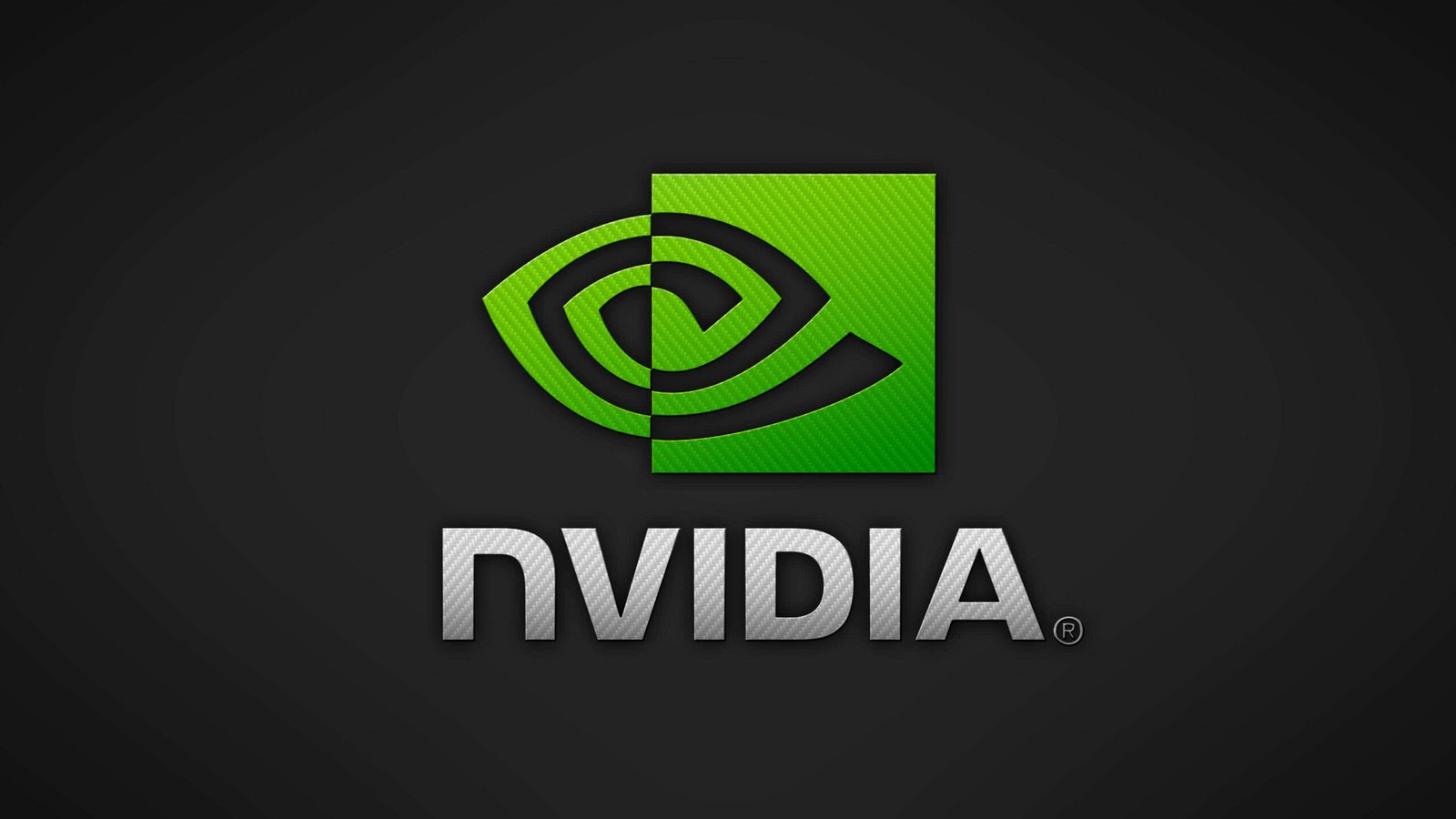Nvidia’s Record Market Cap Surpasses All but Five Global Economies
Nvidia, a leading semiconductor and artificial intelligence (AI) company, has achieved a monumental milestone. As of 2024, its market capitalization has surpassed the GDP of all but five global economies, showcasing the company’s meteoric rise in the tech industry and highlighting the broader implications for the global economic landscape.
The Rise of Nvidia: From Graphics to AI Dominance
Founded in 1993, Nvidia initially carved out a niche in the graphics processing unit (GPU) market. Its GPUs revolutionized computer graphics, particularly in the gaming industry, but Nvidia’s ambitions didn’t stop there. The company’s GPUs found new applications in data centers, scientific computing, and, most notably, artificial intelligence.
In the last decade, Nvidia has positioned itself at the heart of the AI revolution. Its GPUs are the backbone of most AI and machine learning (ML) infrastructures, enabling advancements in autonomous driving, natural language processing, and predictive analytics. This strategic pivot has been a key driver of Nvidia’s exponential growth, culminating in its record-breaking market cap.

Market Capitalization and Global Economies Analysis
As of 2024, Nvidia’s market capitalization has reached an astonishing $1.2 trillion. To put this into perspective, this valuation surpasses the Gross Domestic Product (GDP) of all but five countries: the United States, China, Japan, Germany, and India.
- United States: $25.3 trillion
- China: $18.6 trillion
- Japan: $5.4 trillion
- Germany: $4.2 trillion
- India: $3.5 trillion
Nvidia’s market cap outstrips the GDP of major economies such as the United Kingdom, France, and Brazil. This comparison underscores the massive scale and influence of leading tech companies in today’s global economy. Nvidia’s valuation reflects not just the company’s financial health but also its pivotal role in the technological infrastructure of numerous industries.
Factors Contributing to Nvidia’s Market Surge
Several factors have contributed to Nvidia’s unprecedented market cap:
- Leadership in AI and ML: Nvidia’s GPUs are the preferred choice for AI and ML applications. This dominance is largely due to the parallel processing power of GPUs, which is essential for handling the complex computations required in these fields.
- Data Center Expansion: The demand for data centers has skyrocketed with the growth of cloud computing and big data analytics. Nvidia’s high-performance GPUs are critical components of these data centers, driving significant revenue growth.
- Strategic Acquisitions: Nvidia has made several strategic acquisitions to bolster its technological capabilities and market position. Notable acquisitions include Mellanox Technologies, which enhanced its data center offerings, and ARM Holdings, aimed at expanding its influence in the semiconductor industry.
- Innovations in Autonomous Driving: Nvidia’s investments in autonomous driving technology have positioned it as a leader in this burgeoning market. Its DRIVE platform is used by many automakers to develop self-driving cars.
- Strong Financial Performance: Nvidia has consistently delivered strong financial results, with impressive revenue growth and profitability. This financial robustness has attracted significant investor interest, further boosting its market valuation.

Broader Economic Implications
Nvidia’s record market cap is not just a testament to its success but also indicative of broader economic trends. The rise of tech giants like Nvidia reflects the growing importance of technology in driving economic growth and innovation. This trend has several implications:
- Economic Power Shifts: The economic power dynamics are shifting as tech companies accumulate valuations that rival entire nations’ economies. This shift is reshaping global economic and geopolitical landscapes.
- Investment Focus: Investors are increasingly focusing on technology sectors, viewing them as engines of future growth. This focus has led to soaring valuations for tech companies and a reallocation of capital towards innovation-driven industries.
- Regulatory Scrutiny: As tech companies grow in size and influence, they are attracting greater regulatory scrutiny. Governments around the world are grappling with how to regulate these behemoths to ensure fair competition and protect consumer interests.
- Labor Market Changes: The rise of AI and automation, driven by companies like Nvidia, is transforming the labor market. While creating new opportunities, it is also displacing certain jobs, necessitating a focus on reskilling and workforce adaptation.
Future Prospects and Challenges
Looking ahead, Nvidia faces both opportunities and challenges. The continued expansion of AI, ML, and data center markets presents significant growth opportunities. Nvidia’s ability to innovate and maintain its technological edge will be crucial in capitalizing on these trends.
However, the company also faces challenges. Regulatory pressures are likely to increase as governments seek to curb the power of big tech. Competition is intensifying, with companies like AMD and Intel investing heavily to capture market share in the GPU and AI sectors. Additionally, global economic uncertainties, such as trade tensions and supply chain disruptions, could impact Nvidia’s operations and growth prospects.
Nvidia’s achievement of a market cap surpassing all but five global economies is a remarkable milestone in the tech industry. It underscores the transformative impact of technology on the global economy and highlights the increasing influence of tech giants. As Nvidia continues to innovate and expand, it will play a pivotal role in shaping the future of technology and its economic implications.
The rise of Nvidia is a testament to the power of innovation and strategic foresight. As the company navigates future challenges and opportunities, it will undoubtedly remain a key player in the global economic landscape. This landmark achievement not only reflects Nvidia’s success but also signals a new era where technology companies are central to economic power and progress.
